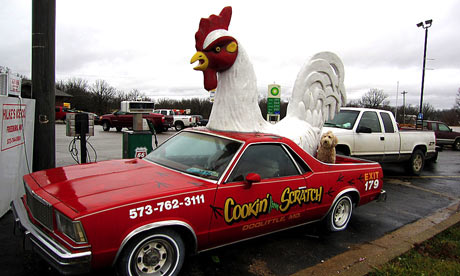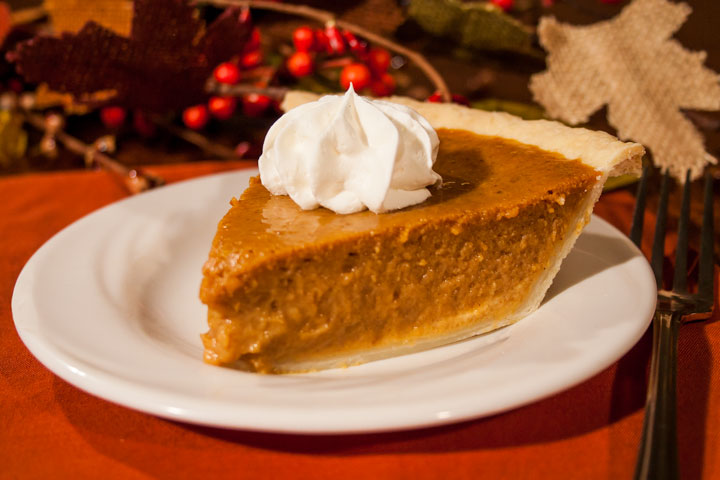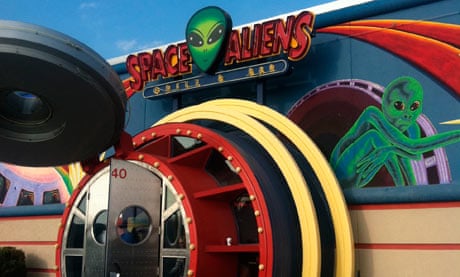The Kemper Museum exhibit sees by both curator and artists as an important challenge to St. Louis’ status as “the gateway to the west.” This article has the details.
 |
| Durant's “Proposal for White and Indian Dead Monument Transpositions, Washington, D.C.,” 2005 challenges accepted history of U.S. Western Expansion. | Image Source: news.stlpublicradio.org |
The Kemper Museum is hoping an exhibit of sculptures calling for more monuments dedicated to Native Americans at The National Mall in Washington, D.C., will build community engagement over the issue of Native American representation in American culture.
“We really hope to begin a dialogue, taking this work as a point of departure, with the Native American community,” said Kemper director Sabine Eckman.
 |
| Part of the exhibit features a proposal for the inclusion of monuments dedicated to lost Native American life at The National Mall. | Image Source: news.stlpublicradio.org |
The exhibit grounding this dialogue is Sam Durant’s “Proposal for White and Indian Dead Monument Transpositions, Washington, D.C.,” which was completed in 2005. Durant’s sculptures highlight disparity between national monuments dedicated to white Americans and Native Americans who lost their lives during the U.S. westward expansion. The project came from Durant’s research, which unearthed the fact that 25 monuments exist commemorating the deaths of white Americans during the “American Indian Wars” between the 17th and 19th centuries. Only five monuments exist commemorating Native American’s during those same conflicts.
Both curator and artists see the exhibit as an important challenge to St. Louis’ status as “the gateway to the west.” The motto is an iconic claim meant to be emblematic of the human capacity to overcome obstacles yet it has a dark side manifested in the subjugation of a native people.
“It’s all about westward expansion, which is what my work is really addressing,” said Durant. “It makes a lot of sense to be in St. Louis,”
The work consists of 30 grey sculptures roughly ranging in height from 3 to 15 feet organized around a single room at the Kemper. In the center of the room stands a wooden table hosting miniature replicas of the sculptures interjected into a to-scale model of the National Mall. Durant is no stranger to addressing Native American issues in St. Louis. Last year he produced a site-specific work titled “Free Hanging Chain” at the Laumeier Sculpture Garden. Both of Durant’s projects that have touched St. Louis come from a similar desire.
 |
| Durant's proposal includes a cluster of monuments to lost Native American lives be installed in the grounds before the Washington Monument. | Image Source: news.stlpublicradio.org |
“I wanted to try and investigate what monuments and memorials might mean from the perspective of, in this case let’s say, the victims of territorial conquests in the United States,” said Durant.
For Eckman, the work’s power comes from questions left with the viewer after confronting the work.
“Each of us has to think about this proposal and we become a part of it, and that’s what makes this so poignant,” she said.
The planning stages of the exhibit have already spurred meetings with representatives of the local Native American community organized in part by Washington University’s Kathryn A. Buder Center for American Indian Studies.
Eckman said she is working with local Native American artist Tina Sparks and noted Indigenous Art scholar Candice Hopkins to create readings, and presentations discussing Native American art and the issues raised by Durant’s work. The exhibit runs through April.
Follow this Pete Scamardo Twitter page to discover more of America’s culture and history through its museums and monuments.








